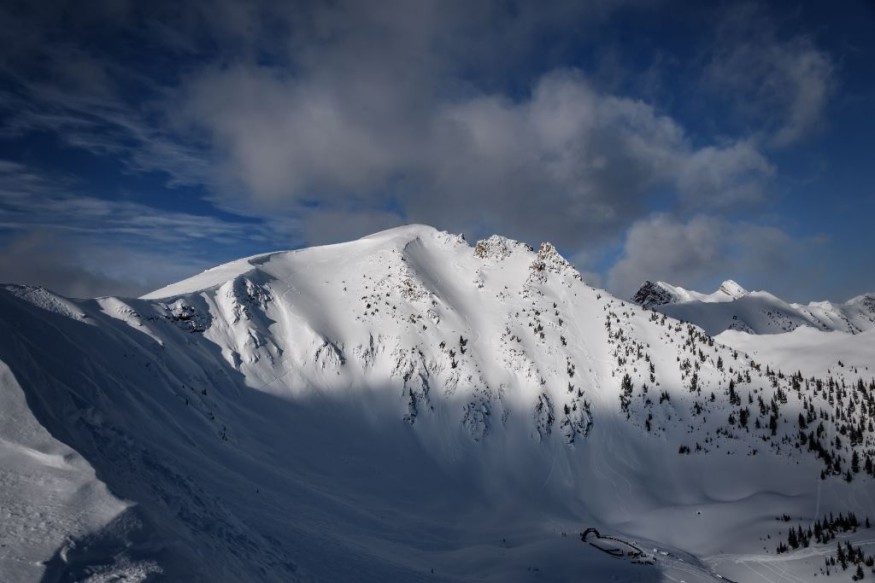Ozone holes have been reported in both polar regions in the past several years. Most of them have been associated to be located over Antarctica.
However, the scientific community is reportedly contradicting the results of a new study published on Tuesday, July 5, where the author claimed that there is an ozone hole detected over Earth's tropics, which potentially exposes billions of people worldwide.
Tropic Ozone Hole

Scientists claimed that the study's content contains "serious errors" and "unsubstantiated assertions," according to Forbes.
The contestation is directed at Qing-Bin Lu, a scientist at the University of Waterloo in Ontario, Canada.
This came after Lu claimed the alleged exposure could affect people from the dangerous doses of ultraviolet rays of the Sun.
Lu warned that such potential natural disaster could cause skin cancer and cataracts for humans.
The said study was published in AIP Advances.
Also Read: Protecting the Ozone Layer May Help Reduce Skin Cancer and Cataract Cases, Says New Research
What is the Ozone Layer?
Earth's ozone layer is situated in the stratosphere, approximately between 15 kilometers and 30 kilometers above the surface.
Its main benefit is shielding humans and other living organisms from the harmful ultraviolet radiation from the Sun, according to the US Environmental Protection Agency (EPA).
The layer also serves as a barrier from solar storms and their space weather hazards like solar radiation storm, which could pose a threat to biological organisms.
Ozone Layer Condition
The European Environment Agency (EEA) reported the following condition of our planet's ozone layer in December 2021:
- There has been a reduced number of ozone-depleting substances (ODS) worldwide since 1986. The feat is mostly credited to the 1987 United National Environment Programme (UNEP) Montreal Protocol.
- The largest ozone hole in recorded history was estimated to be 28.4 million square kilometers, which occurred in September 2000. The hole area is equivalent to nearly seven times the size of the European Union (EU) territory.
- The 2021 ozone hole was similar to the complexity and extent of a related atmospheric hole in 2020.
Stratospheric Ozone Depletion
The EEA said that the stratospheric ozone depletion transpires both over the northern hemisphere in the Arctic and the southern hemisphere in Antarctica.
However, the depletion is less severe in the Arctic compared to Antarctica.
This is the case since annual meteorological variability is larger in the north compared to the south.
The European agency also emphasized that temperatures in the stratosphere do not remain low over the Arctic like in the Antarctic.
In its overall assessment, the EEA asserted that the ozone hole has showed indicators of healing since the said massive ozone opening in 2000.
While climate change and global warming has led to the increase of greenhouse gases into our planet's atmosphere, the agency said the ozone healing is not directly related to the warming temperatures from the greenhouse effect.
This climatic circumstance is possible since greenhouse gases have a surprising cooling effect in the stratosphere, while it causes a warming effect in the troposphere.
Lastly, other factors mentioned by the 2021 report indicated that volcanic eruptions increased stratospheric particle load contribute to ozone-level stratosphere.
© 2025 NatureWorldNews.com All rights reserved. Do not reproduce without permission.





